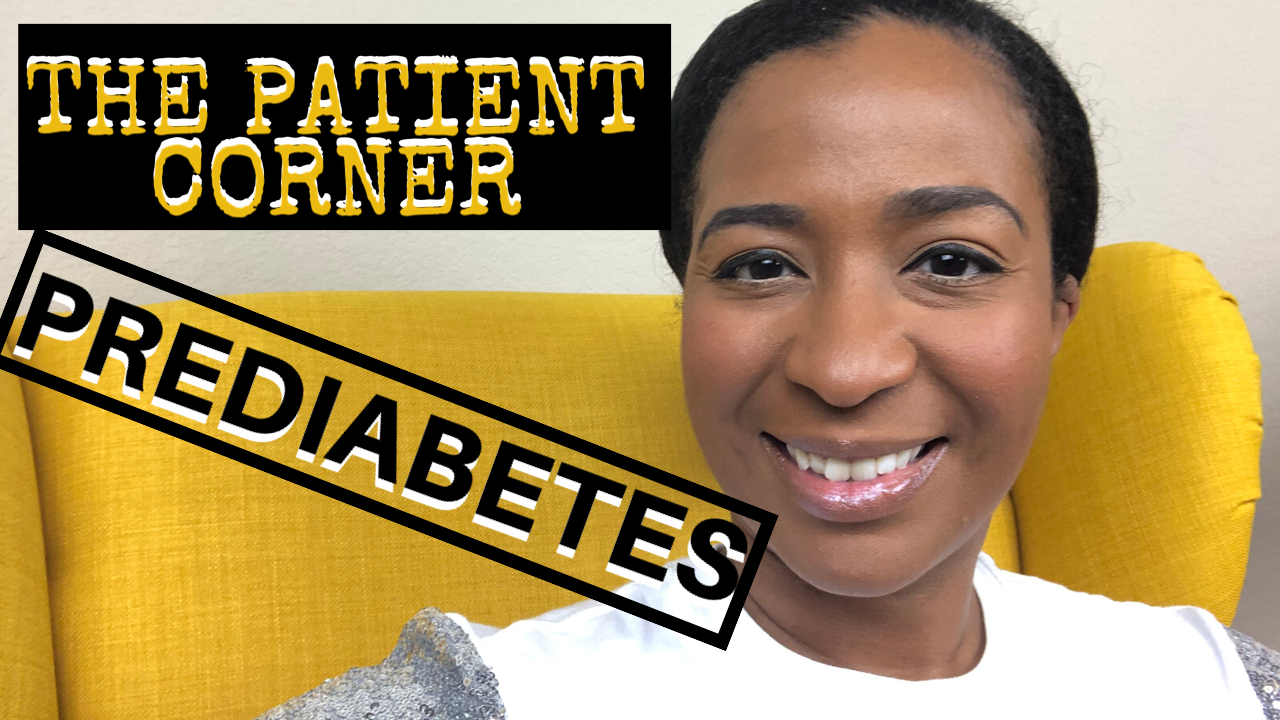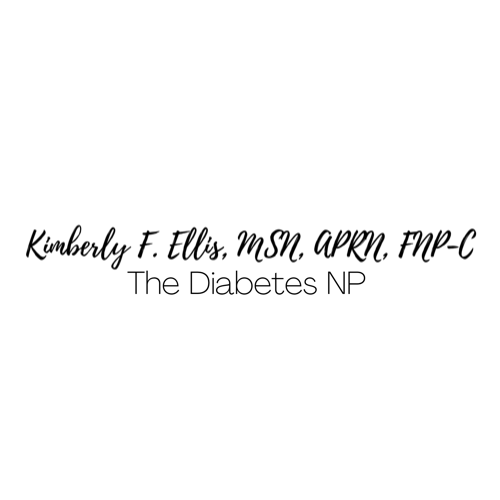What is prediabetes? | THE PATIENT CORNER
Welcome back to the THE PATIENT CORNER! Today, we are going to discuss PREDIABETES! You can’t discuss diabetes without discussing it. According to the CDC, more than one third of American adults are categorized as “prediabetic.” That’s 88 million people! The sad part about it is that a large amount of people do not even know that they have prediabetes.
One of my favorite quotes is “An OUNCE of prevention is worth a POUND of cure.” I have a FIRM conviction that we can stop Type 2 Diabetes in its tracks at this stage. It is shown that the more you know, the more you are equipped to prevent the disease, I want to give some information over prediabetes for those that fall in this category or at risk for prediabetes. So let’s get into it…
WHAT IS PREDIABETES?
Simply put, it is a higher than normal blood sugar that has not quite met the threshold of diabetes. Clinically, it is defined as a Hgb A1c of 5.7-6.4%. If a patient has 2 separate readings of 6.5% or higher, a provider can consider them a diabetic. Over the years, prediabetes has been known by other names: Borderline diabetes, impaired glucose tolerance, subclincal diabetes (this is the term I remember from undergrad nursing).
WHAT ARE THE SIGNS AND SYMPTOMS OF PREDIABETES?
There are no clear signs and symptoms hence why it goes undetected for years. There are risk factors that should prompt us to screen and educate patients:
Overweight/Obese
Age 45 or older
A sedentary lifestyle (physical activity <3x/wk)
First degree relative with Diabetes Type 2
A personal history of gestational diabetes
A personal history of Polycystic Ovary Syndrome (PCOS)
Racial Group: African American, Hispanic/Latino, American Indian, Pacific Islanders
What you can do about prediabetes
Know Your Risk
There’s a great (& FREE) tool out there called the PREDIABETES RISK TEST! Click here to access this free tool from the CDC. The CDC and American Diabetes Association have GREAT educational resources!
See your Primary Care Provider
First things first, follow up with your Primary Care Provider and follow their instructions. Your PCP can tailor a care plan that will fit your needs and lifestyle so definitely start there.
Utilized Community Resources
There are MANY resources available to you to assist you right there in your neighborhood/community. A good place to start is the National Diabetes Prevention Program…another program from the CDC that has tools, resources, and local programs to aid you in preventing diabetes! Also, one of my personal favorites is the Association of Diabetes Care and Education Specialists. There as well are tons of resources and tools to educate you over prediabetes and the prevention of diabetes.
Well, that’s all I have for now! I hope this was helpful in understanding prediabetes and the prevention of diabetes. Please take some time to click some of the resources I’ve provided above and as an extra, I created a video to help you further. Take a watch and I’ll catch you next time!






